Walking: A Simple and Effective Cardio Workout
Walking: A Simple and Effective Cardio Workout
Can walking count as cardio? It's a question that might come to mind if you're not a fan of high-intensity workouts or spin classes. While intense aerobic exercises are great for our health, they can be tiring and take up a lot of time. That's why many people prefer to do walking as their cardio workout instead.

There are numerous advantages to walking, including the potential to enhance joint health, elevate mood, and promote bone health. Additionally, walking is a versatile activity that can be performed virtually anywhere, and with no costly equipment.
Walking is a form of cardiovascular exercise, but it may not offer the same health benefits as a more intense activity like cycling. While walking is good for your heart and overall health, it may require more time and distance to achieve the same fitness benefits as a more intense workout. However, any amount of walking is better than none, so it's still a great way to stay active and improve your health.
IS WALKING CARDIO?
Walking is sometimes forgotten as a way to get a good cardio workout, but it definitely counts as one.
Cardiovascular exercise is any activity that gets your heart pumping and your breathing faster by using large muscle groups. Aerobic exercise includes low to moderate intensity workouts, so you don't have to go all out to get a good cardio workout. For example, walking is a great way to get your heart rate up and improve your cardiovascular fitness.
If you want to build endurance and get the most out of your walks, you should walk at a pace that really gets your heart pumping. You want to find a pace that makes you breathe a little harder, but you should be able to keep it up for the whole walk.
HOW MUCH WALKING SHOULD YOU DO?
For good heart health, the CDC suggests that adults should do at least 150 minutes of moderate-intensity aerobic activity each week. The American Heart Association defines moderate exercise as that in which your heart rate stays between 50-70% of your maximum heart rate. This can be achieved by walking briskly for 30 minutes, five days a week. If you want even more health benefits, aim for 300 minutes per week. You can adjust the intensity of your walk to suit your fitness level, such as walking up hills or increasing your speed.
If you're unsure how to determine which heart rate zone you're in, you can try a heart rate monitor. The Coospo heart rate monitor effectively shows your current heart rate zone with five different colored LED lights, helping you better manage walking and other aerobic exercises.

Adding regular walks to your daily routine can have big health benefits. It can help prevent heart disease, lower the risk of type 2 diabetes, and make you feel better mentally. Start with short walks and increase the time and frequency as you go. Whether it's a planned walk or just going for a stroll with a friend, every step helps you stay healthy.
WHAT ARE THE BENEFITS OF WALKING?
Walking has many benefits besides just keeping your heart healthy. It can also lower the risk of chronic diseases like heart disease, type 2 diabetes, and some cancers.
Regular brisk strolls can definitely improve blood flow, regulate blood lipids and cholesterol levels, and help maintain blood sugar levels. And there's no doubt that walking can help you lose weight. Evidence strongly suggests that Nordic walking, which involves using poles for a full-body workout, is an excellent tool for weight management.
A systematic review found that, if you put the steps in, you are likely to experience better sleep, better mood and higher energy levels than those who don’t walk much.
WALKING ON TREADMILL VS WALKING OUTSIDE
- Walking Outside
Walking outdoors necessitates more effort from your body, thereby burning more calories. Outdoor conditions often present challenges such as wind resistance, uneven terrain, or steps. Your body must engage additional stabilizing muscles to navigate these obstacles, which helps you stay balanced and stable.

Furthermore, outdoor walks can enhance our mental and emotional health. Research has indicated that exercising outdoors is linked to reduced stress and anxiety, as well as improved emotional well-being, compared to indoor activities.
- Walking on a Treadmill
Treadmills are good too. Unlike outdoor walks with unexpected issues, indoor walks are more calm and controlled. Most treadmills have built-in workout programs and a screen showing important numbers, like heart rate, speed or how far you walked. These details can help you get better at exercising.

Exercising at home allows you to easily entertain yourself. For instance, you can listen to music, watch TV, or even read a book while walking on a treadmill. Such entertainment options may not be available during a stroll in the park.
IS WALKING BETTER THAN RUNNING?
- Calories Burned: Running burns more calories per minute than walking because of its higher intensity. For example, a person weighing 155 pounds burns approximately 298 calories running at 5 mph for 30 minutes, compared to 149 calories walking briskly at 4 mph for the same duration, according to Harvard Health.
- Impact and Injury Risk: Walking is a low-impact activity, making it suitable for individuals with joint issues or those recovering from injuries. Running, while beneficial for cardiovascular health and building stronger bones, carries a higher risk of injury, such as shin splints, knee pain, and stress fractures.
- Sustainability: Walking can be easier to maintain as a long-term habit, especially for beginners or those with limited exercise experience. It can be incorporated into daily routines with less strain on the body.
THE VERDICT
In conclusion, walking is not only a form of cardio but also a beneficial leisure activity for physical and mental health. It's an affordable and accessible form of exercise that can be done by anyone, anywhere, at any time. Whether you're a passionate runner or a weightlifter, walking can be a great low-intensity activity for your recovery days.



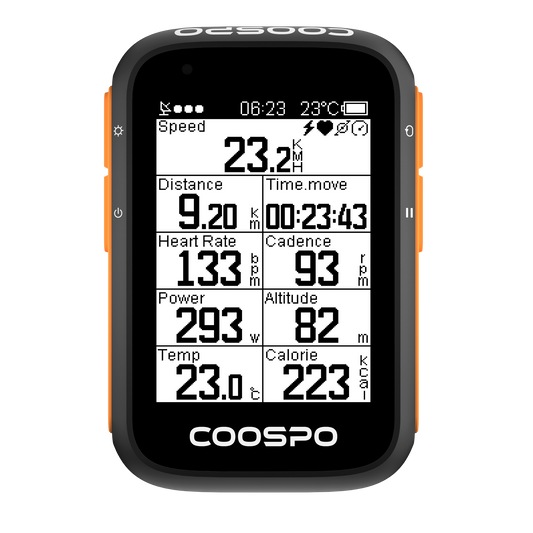
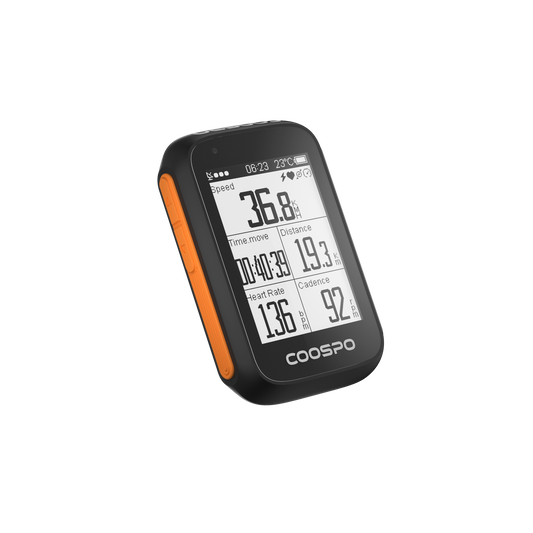
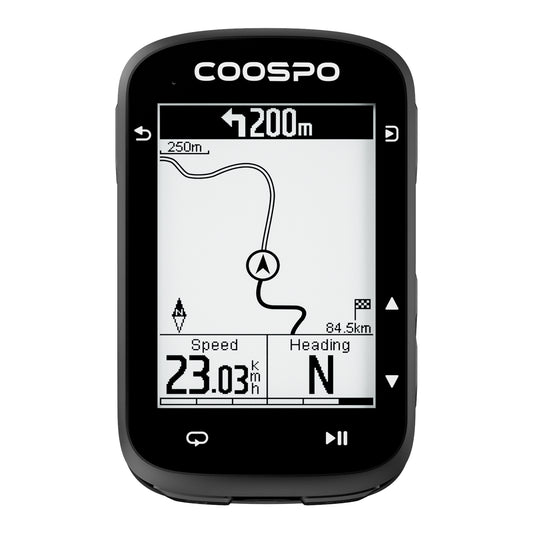

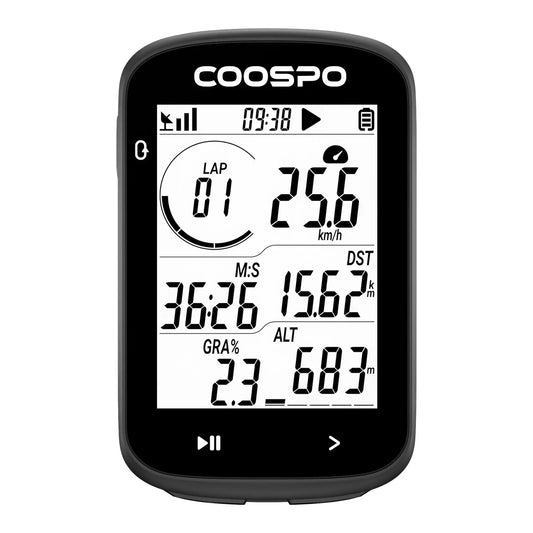

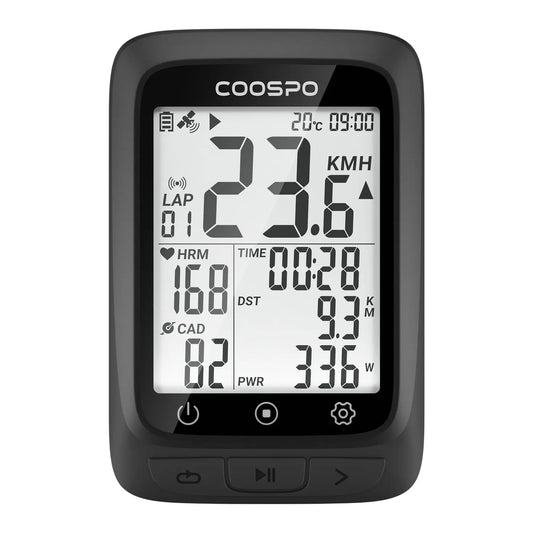
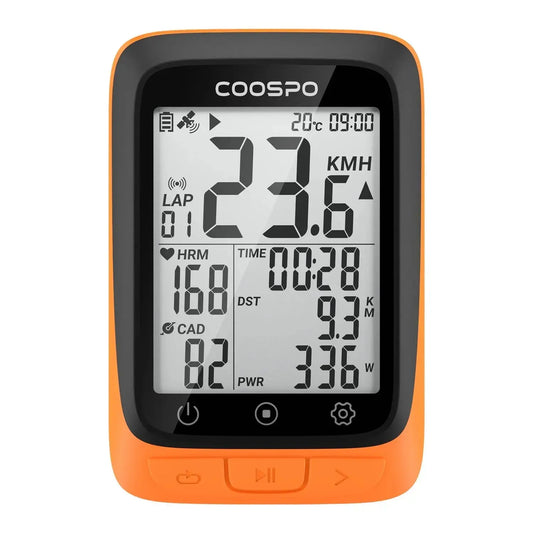

1 comment